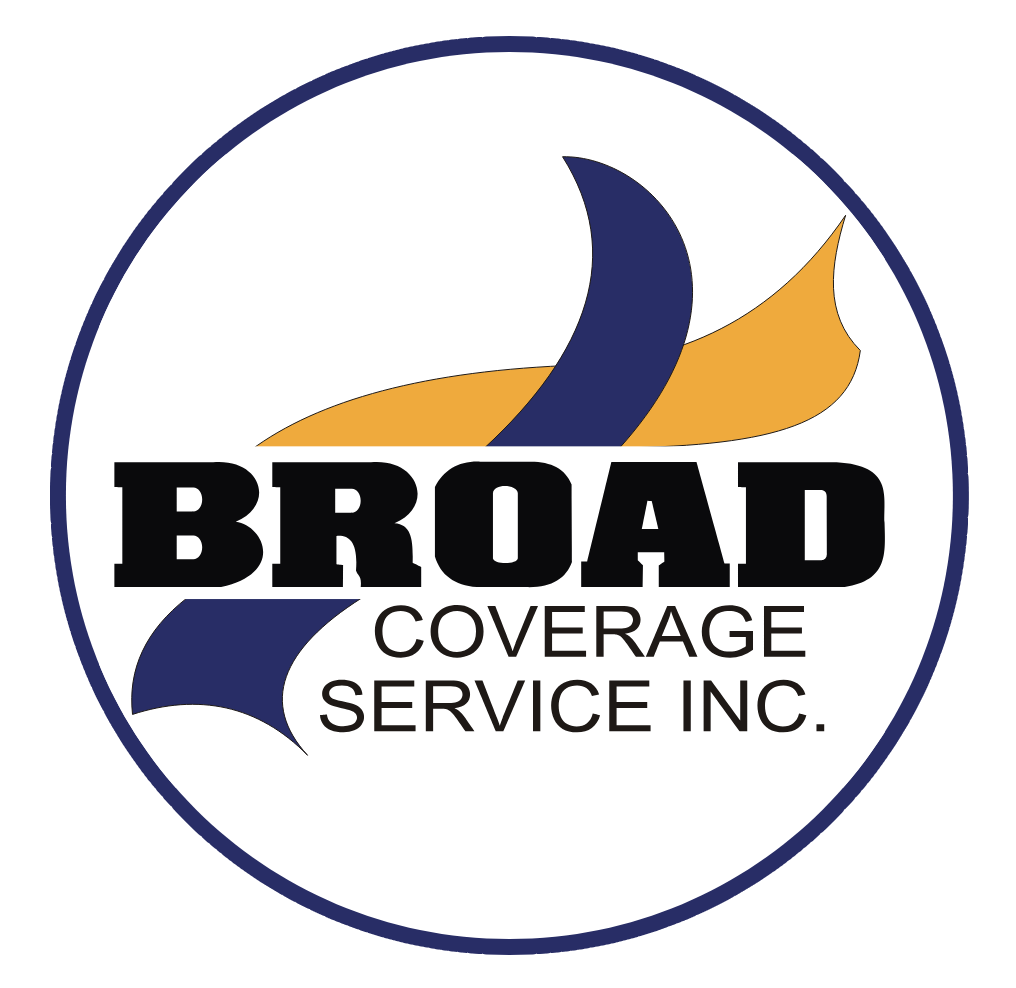If you haul hazardous materials – for example, medical waste, gas, propane, or other chemicals considered to be “hazardous” – you may be required to consider hazardous materials insurance (or hazmat insurance.) Like pollution coverage, this will cover the costs of cleaning up the environment if somehow your trucking business were to endanger the environment by spilling your load.
Limits for hazmat insurance (the maximum amount that the insurance carrier will pay out) can be as high as $5,000,000. That’s because hazmat hauling is strictly regulated by the government due to the high potential for disaster. You may be required to carry a certain amount of insurance in order to operate your business, so it’s important that you have the hazmat insurance you need.
Do I need haz mat insurance for my business?
Trucking is not without its risks. Anything can happen on the road, including car accidents. Liability insurance and cargo insurance might be the first types of coverage that come to mind when you think about insuring your trucking operation, but you may want to consider pollution insurance to make sure that your business is fully protected from the fallout of a potential accident. Environmental cleanup gets very expensive very quickly.
How much does haz mat insurance cost?
The cost of haz mat insurance varies from business to business. Each trucking business is different and faces their own unique risks. Before deciding whether or not to insure your company, an insurance carrier will want to look at some of the details about your business. From there, they will figure out how much to charge you for your insurance.





